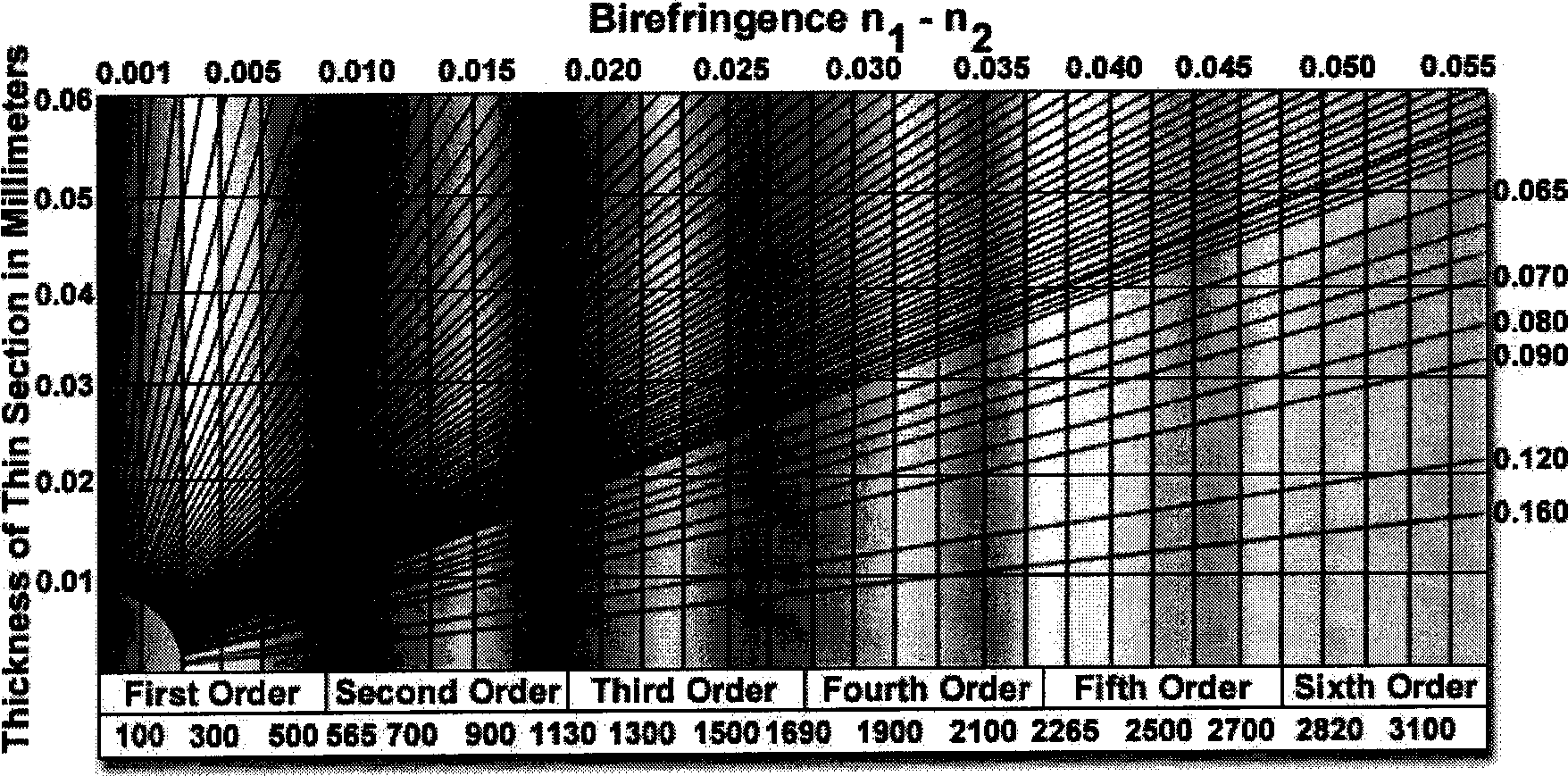Composite fiber component and structure detection method based on micropolariscope analysis
A microscope detection and composite fiber technology, which is applied in the textile field, can solve the problems of chemical methods that easily pollute the environment, complicated operation, and high cost, and achieve the effects of easy popularization and application, low detection cost, and simple operation
- Summary
- Abstract
- Description
- Claims
- Application Information
AI Technical Summary
Problems solved by technology
Method used
Image
Examples
Embodiment Construction
[0023] Below in conjunction with specific embodiment, further illustrate the present invention. It should be understood that these examples are only used to illustrate the present invention and are not intended to limit the scope of the present invention. In addition, it should be understood that after reading the teachings of the present invention, those skilled in the art can make various changes or modifications to the present invention, and these equivalent forms also fall within the scope defined by the appended claims of the present application.
[0024] as attached figure 2 As shown, the composite fiber component detection and structural analysis method mainly includes the following steps:
[0025] (1) Sample preparation: Randomly cut out a number of 10-30mm pieces of the sample to be tested from different parts of the fiber sample to be tested, make it straight and parallel on a glass slide, and make it can be observed under a polarized light microscope. The number ...
PUM
 Login to View More
Login to View More Abstract
Description
Claims
Application Information
 Login to View More
Login to View More - R&D
- Intellectual Property
- Life Sciences
- Materials
- Tech Scout
- Unparalleled Data Quality
- Higher Quality Content
- 60% Fewer Hallucinations
Browse by: Latest US Patents, China's latest patents, Technical Efficacy Thesaurus, Application Domain, Technology Topic, Popular Technical Reports.
© 2025 PatSnap. All rights reserved.Legal|Privacy policy|Modern Slavery Act Transparency Statement|Sitemap|About US| Contact US: help@patsnap.com



